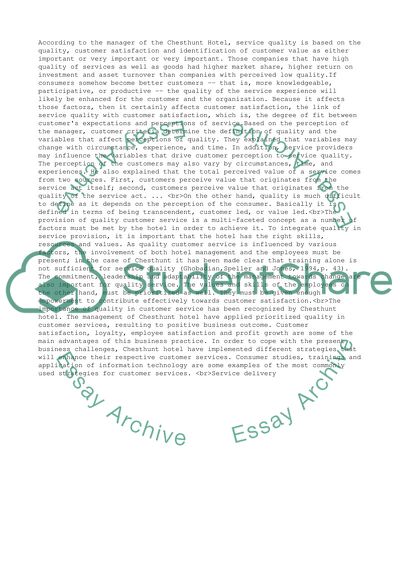Cite this document
(“Definition and management of service quality Essay”, n.d.)
Retrieved from https://studentshare.org/management/1524090-definition-and-management-of-service-quality
Retrieved from https://studentshare.org/management/1524090-definition-and-management-of-service-quality
(Definition and Management of Service Quality Essay)
https://studentshare.org/management/1524090-definition-and-management-of-service-quality.
https://studentshare.org/management/1524090-definition-and-management-of-service-quality.
“Definition and Management of Service Quality Essay”, n.d. https://studentshare.org/management/1524090-definition-and-management-of-service-quality.


